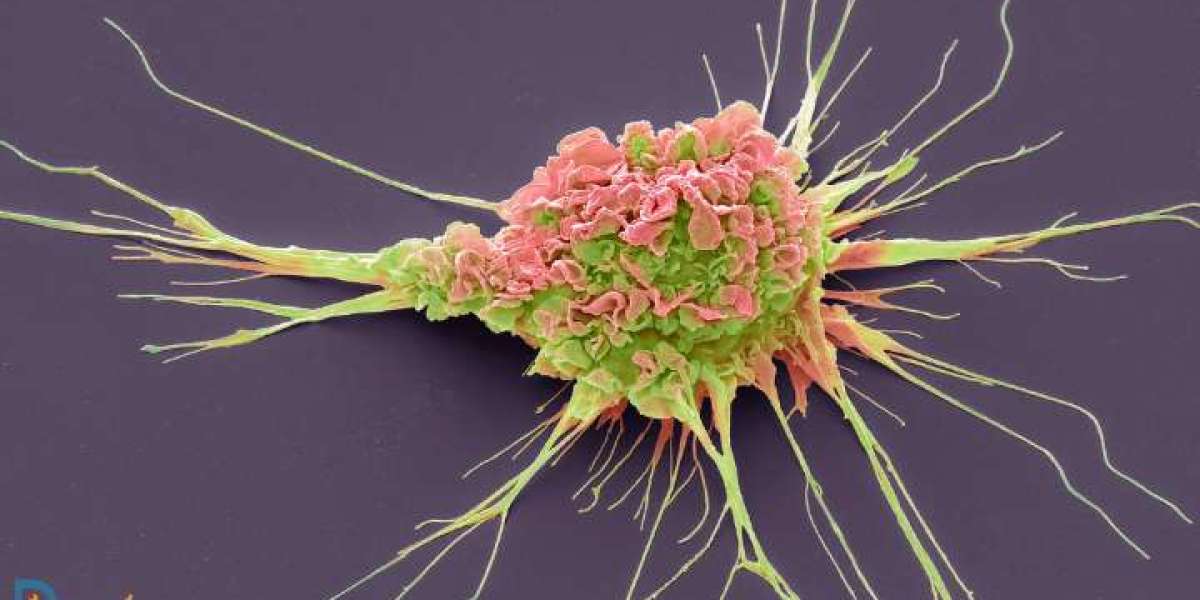The Transformative Landscape of Multiple Myeloma Treatment
The treatment landscape for multiple myeloma has evolved dramatically, marked by the introduction of groundbreaking therapies. As the incidence of this disease rises, particularly among the aging population, pharmaceutical companies are racing to develop effective treatment options. Major classes of drugs currently available include:
Proteasome Inhibitors: Medications like bortezomib and carfilzomib disrupt the cancer cell's ability to degrade proteins, playing a pivotal role in controlling disease progression.
Immunomodulatory Drugs (IMiDs): Agents such as lenalidomide and pomalidomide have become essential components of treatment regimens, enhancing immune responses and improving patient outcomes.
Monoclonal Antibodies: Targeting specific markers on myeloma cells, drugs like daratumumab have shown significant efficacy in extending patient survival.
CAR-T Cell Therapies: These innovative treatments involve genetically modifying a patient’s T cells to attack cancer cells, demonstrating remarkable potential, especially for relapsed cases.
As these treatment options expand, the competition between BMS and Janssen is critical in shaping the future of multiple myeloma therapy.
Bristol Myers Squibb: A Legacy of Leadership and Innovation
BMS has a storied history in oncology, and its commitment to multiple myeloma treatment is evident in its robust product portfolio. The company’s flagship drug, Revlimid (lenalidomide), has transformed patient management and significantly improved survival rates. In pursuit of advancing its treatment options, BMS is investing heavily in research and development, focusing on:
Abecma (idecabtagene vicleucel): This pioneering CAR-T cell therapy has shown exceptional efficacy in patients with relapsed or refractory multiple myeloma, providing new hope where few options exist.
Empliciti (elotuzumab): A monoclonal antibody that enhances the immune system's ability to target myeloma cells more effectively, it represents a critical addition to the treatment landscape.
Innovative Combination Therapies: BMS is actively researching combinations of existing drugs to maximize treatment effectiveness and combat emerging resistance issues.
The company’s dedication to innovation is also reflected in strategic partnerships and collaborations, which enhance its capacity to offer comprehensive treatment options globally.
Janssen Pharmaceuticals: Comprehensive Solutions and Strategic Depth
Janssen, a subsidiary of Johnson & Johnson, has emerged as a formidable player in the multiple myeloma market, offering a diverse portfolio of therapies that have redefined treatment approaches. Key products include:
Darzalex (daratumumab): This groundbreaking monoclonal antibody has become a standard treatment, significantly improving survival and quality of life for multiple myeloma patients.
Ninlaro (ixazomib): As an oral proteasome inhibitor, Ninlaro provides flexibility in treatment regimens, improving patient adherence and outcomes.
Carvykti (ciltacabtagene autoleucel): Newly approved and targeting BCMA, this CAR-T therapy is set to play a critical role in treating patients with challenging multiple myeloma cases.
Janssen’s focus on extensive clinical trials emphasizes its commitment to advancing the understanding of multiple myeloma treatment. By exploring innovative combinations of therapies, the company aims to enhance patient outcomes and tailor treatment approaches to diverse populations.
Competitive Analysis: Evaluating Strategies and Strengths
Robustness of Product Pipeline:
BMS’s strategy heavily focuses on advancing its CAR-T therapies, positioning it to meet the needs of patients with difficult-to-treat relapsed or refractory multiple myeloma.
Janssen’s emphasis on a broad range of therapies, including monoclonal antibodies and oral medications, allows it to cater to a wider array of patient demographics and treatment needs.
Market Access and Penetration:
BMS has achieved significant success in securing market access for its therapies, yet it faces formidable competition from Janssen, which possesses a well-established distribution network and strong market presence.
Janssen’s established position enables it to effectively reach diverse patient populations, bolstering its competitive advantage and ensuring widespread access to its treatments.
Investment in Clinical Trials:
Both companies are investing heavily in clinical trials to expand treatment indications and improve drug efficacy. Janssen’s focus on combination therapies and real-world evidence may yield quicker and more robust results, providing an edge in certain scenarios.
Future Outlook: Navigating the Competitive Landscape
As the decade progresses, both BMS and Janssen are poised to significantly impact the multiple myeloma treatment landscape. The outcome of their competition will hinge on several factors, including:
Evolving Treatment Paradigms: The ongoing introduction of new therapies and combination regimens will shape clinical preferences and treatment guidelines, influencing market leadership.
Patient-Centric Approaches: Companies that effectively communicate the benefits of their therapies and ensure patient access are likely to gain a competitive edge in this rapidly evolving market.
Regulatory Approvals: Timely approvals for new therapies and indications can significantly impact market dynamics, offering one company a potential advantage over the other.
Conclusion
The competition between BMS and Janssen in the multiple myeloma treatment market is fierce, with both companies well-positioned to lead through their innovative therapies and extensive pipelines. While BMS emphasizes advancements in CAR-T therapies, Janssen’s diverse product offerings ensure its continued relevance in this vital therapeutic area. Ultimately, the next decade will be defined by advancements in treatment options, improved patient accessibility, and the ability of these companies to adapt to the ever-changing needs of patients and healthcare providers. As this rivalry unfolds, it will be fascinating to observe how each company navigates the complexities of the multiple myeloma market, striving to improve patient outcomes and redefine the treatment landscape.








